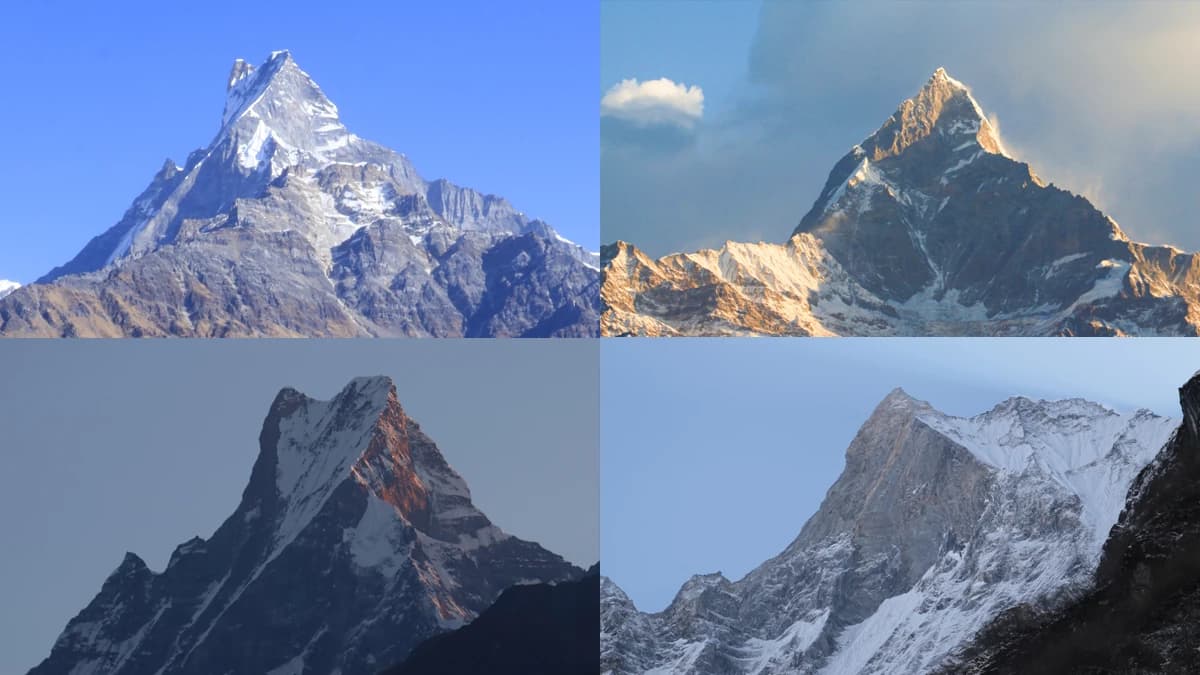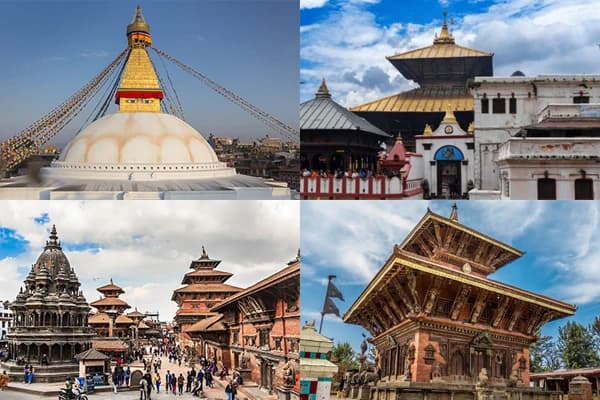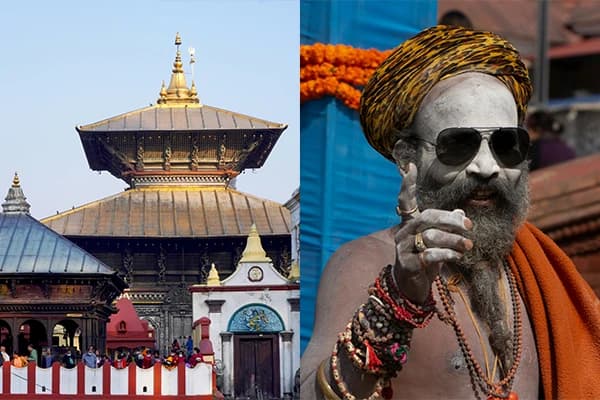Mount Machhapuchhre, also known as Fishtail Peak is one of the most popular and mysterious landmarks located in the Annapurna massif of Gandaki Province, north-central nepal. The name fishtail comes from the fishtail-like aperture of its twin summit. It stands at a height of 6,993m (22,943 ft) which makes it the 32nd highest peak in Nepal.
The distinctive fishtail-shaped double summit has grabbed the attention of many peak climbers, trekkers, and nature enthusiasts. It is a part of Annapurna Sanctuary and lies 25 km north of Pokhara. The Annapurna sanctuary lies in between the Hiuchuli and Machhapuchhre peaks which is an oval-shaped plateau of 4000m.
When the Indian tectonic plate and Eurasian landmass collided, it resulted in the formation of Mt. Machhapuchhre which is said to have fossils of marine species. Due to its work of art, many mountaineers were interested in climbing its peak but the Nepal Government banned the expedition of the summit in 1962 A.D. The reason behind this ban is a sacred mountain and holds reverence. There is a belief that it is the residence of the Lord Shiva, protector of the region.
The snow-covered mountains like mt. annapurna (8091 m/ 26545 ft), Mt.Gangapurna (7455 m/24459 ft), Mt.Hiunchuli (6441 m/ 21132 ft), etc. can be seen from the base of the mountain. One can enjoy the view of this holy mountain when you book our packages like annapurna base camp trek, annapurna circuit with tilicho lake trek, annapurna base camp with ghorepani poonhill trek, annapurna base camp trek 9 days, and so on.
Behold sight of other magnificent snow-capped mountains, namely Mt. Annapurna (8091 m/ 26545 ft), Mt.Gangapurna (7455 m/24459 ft), Mt.Hiunchuli (6441 m/ 21132 ft), etc. We, the Mystic Adventure holidays team are aiming that this blog will certainly help you clear all the doubts and queries regarding the holy mountains of Nepal, Mt. Machhapuchhre.






